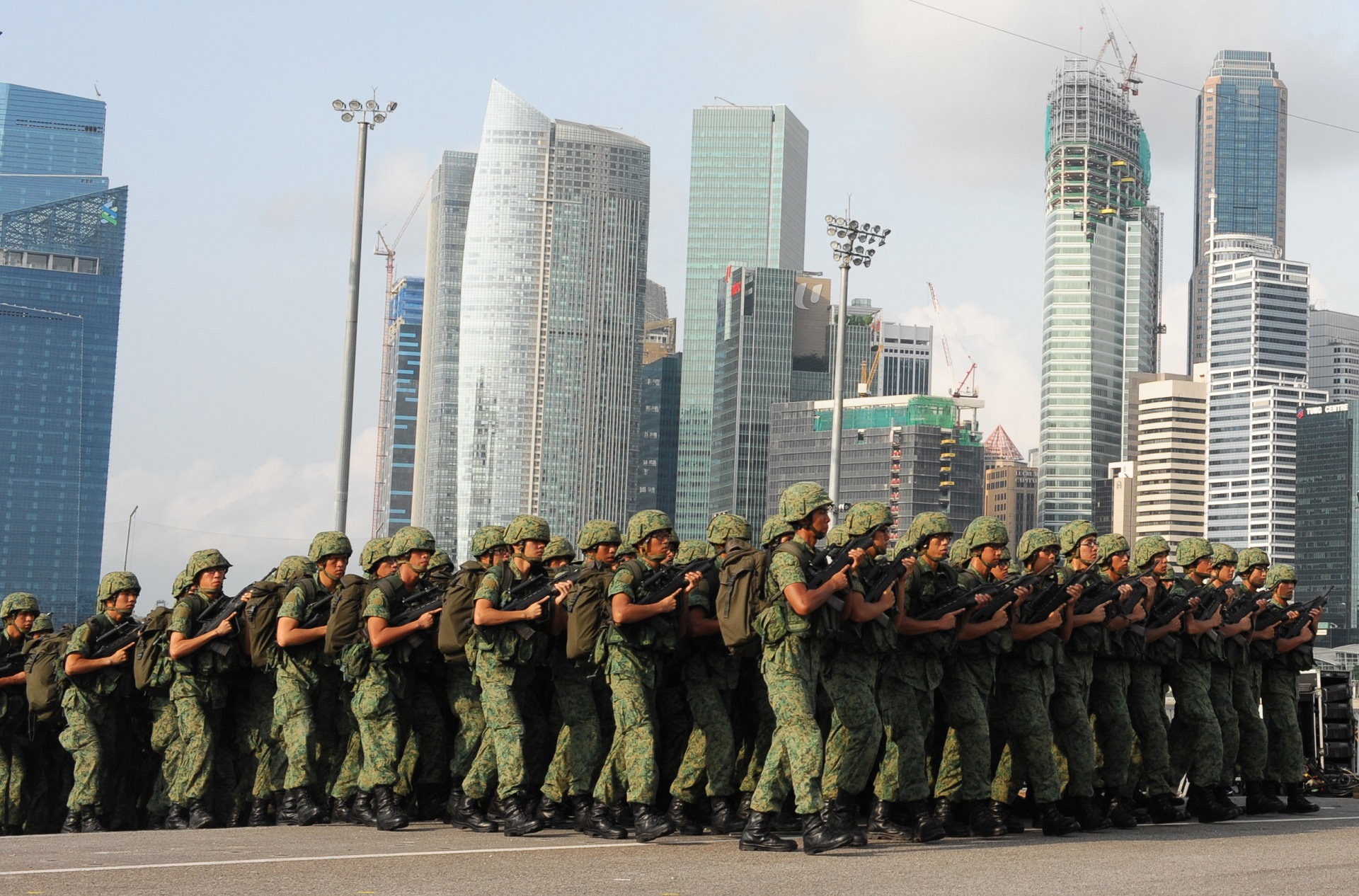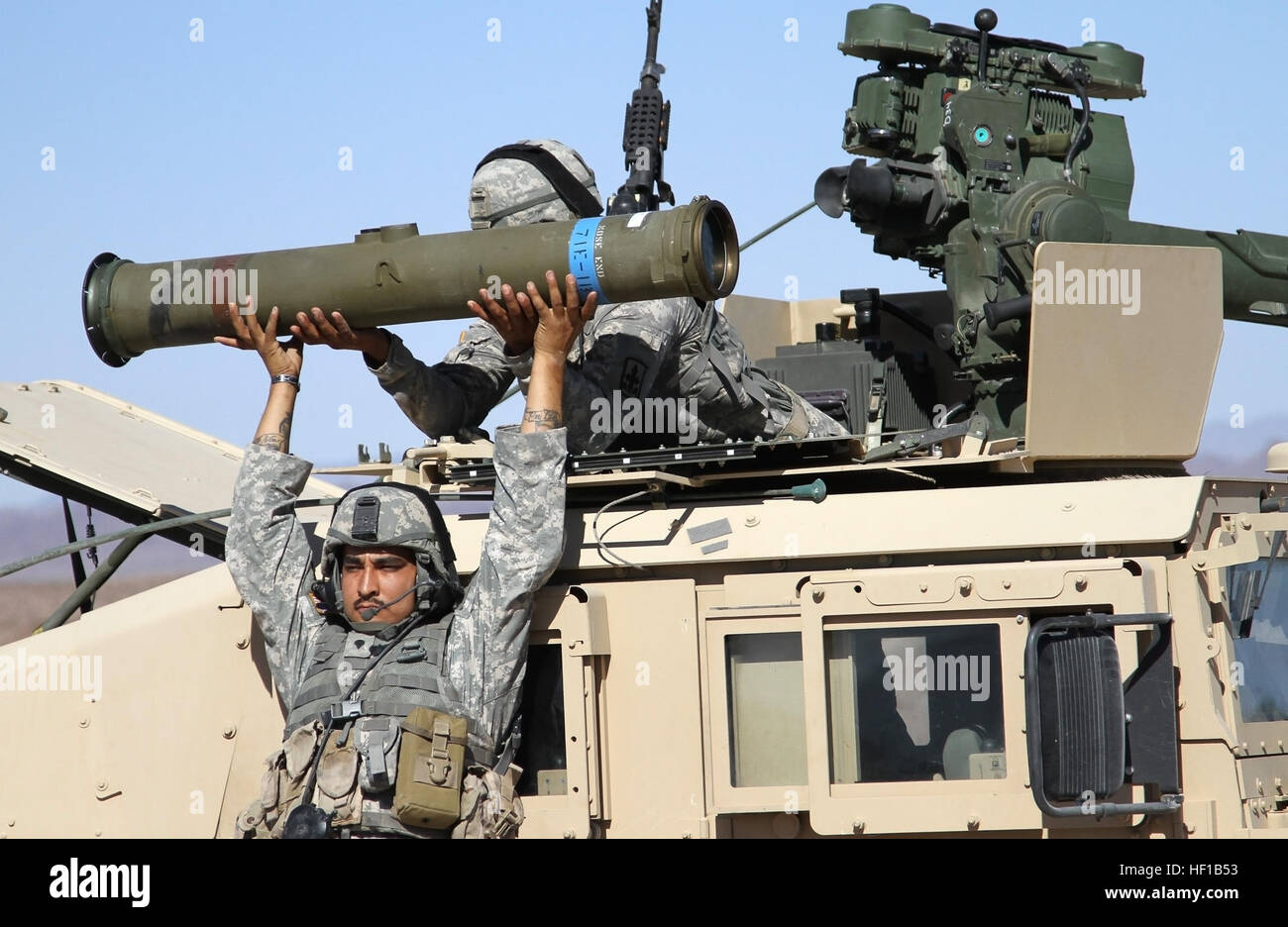Roe Military Acronym - US Air Force F-15E Strike Eagles provide air support and drop bombs in support of Operation Hammer Down II. (Technical Sergeant Michael B. Keller/US Air Force)
WASHINGTON — U.S. troops are no longer bound by requirements to communicate with enemy forces before opening fire in Afghanistan, thanks to changes to the rules of engagement drafted by Defense Secretary Jim Mattis.
Roe Military Acronym

Mattis, who was on Capitol Hill with Joint Chiefs Chairman Gen. Joe Dunford on Tuesday, told congressional hearings that the White House had given him the authority to review and change the rules of engagement to speed up the battle. against them. The Taliban if necessary.
Pentagon Assessment, Iraq, 2017 Airstrike: The Civilian Casualty Files
In recent years, many high-ranking officials in Washington have been in favor of relaxing the rules for conducting combat operations in Afghanistan, Iraq and Syria.
The changes could allow the US military to act more quickly to defeat terrorist organizations. The rules of operation are classified and generally not discussed by the military.
However, there were signs that changes were coming to the rules of this argument. In his August 21st speech announcing his Afghanistan strategy, President Donald Trump said he would lift restrictions on combatants and expand powers.
"We are also expanding the authority of America's armed forces to target the terrorist and criminal networks that are spreading violence and chaos across Afghanistan," Trump said at the time.
Multiservice Tactical Brevity Code
Mattis expects more NATO troops to arrive in Afghanistan, as the number of U.S. troops is not yet clear. The defense minister hopes to soon get a commitment from coalition partners to add several thousand more fighters to the mission in Afghanistan.
Mattis took that liberty and made at least two changes: eliminating proximity requirements for strikes against Taliban forces and deploying U.S. and allied advisers to lower-level Afghan units.
"Are you seeing some of the results of liberating our military, like the proximity requirement -- how close was the enemy to the Afghans or the special forces that the U.S. recommended?" Mattis told the Senate Armed Services Committee this morning.

"For example, it's not like that anymore. So the restrictions that prevent us from using air power to its fullest have been removed, yes.
Afghanistan Withdrawal: Biden Expands Refugee Access For Afghans Who Worked With U.s.
"We are no longer bound by the need to be close to our forces," Mattis told the House Armed Services Committee this afternoon. "Before, we mostly had to keep in touch with this enemy."
"When they're on the assembly line, in the training camp, we know they're an enemy and a threat to the Afghan government or our people," [Gen. ", he added.
"Wherever we find them, anybody who tries to derail the NATO plan, anybody who tries to attack the Afghan government, we can go after them," Mattis said.
The second change involves the distribution of American advisers to Afghan units closer to enemy forces.
Basic Principles Of The Law Of War
"Organizations that have NATO and American advisers win, more often than not," Mattis said. "So we share the number of units with the advisers to get air support."
The Pentagon has a new acronym for Afghanistan. Will it win the war? The Trump administration's Afghanistan strategy has a new acronym, which senior Pentagon officials say will lay the groundwork for a stable Afghanistan in the future.
Mattis described the change as "now we can carry that fire support [before] whether it's proximity or [because] we're not with those units."

Previously, U.S. forces had worked with Afghans only at the highest headquarters level, Dunford said, not at the brigade or battalion level, where "decisive operations" take place. This is important because US air support requires US advisers to do so.
Identification Friend Or Foe
"Airpower was not delivered to the Afghan units most critical to the battle because we [previously] did not have the authority to suppress combat-level advisors," Dunford added. "It will and will make us more efficient."
But the secretary of state said the US was still doing everything "humanely" to prevent civilian deaths, given the history of groups like the Taliban and Islamic State hiding among civilians.
Aaron Mehta was deputy editor of Defense News and a senior Pentagon correspondent covering policy, strategy and procurement at the highest levels of the Defense Department and its international partners.
Space Force vows to go 'above and beyond' in Maui spill cleanup The Space Force said last week that a mechanical problem that allowed diesel fuel to spill at the Maui space observatory may cause a power surge.
Military Operations Other Than War
Tech enthusiasts and CEOs alike will find a home in the Corps' new spare innovation unit. The department welcomes reservists with experience in startups, venture capital, management consulting and technology.
US government begins sending earthquake aid to Turkey The US government is working to help earthquake victims in the Middle East.
Navy Begins Salvage Operation for Chinese Tracking Balloons Dock landing ship Carter Hall is involved in the recovery of Navy balloon debris and collecting debris near the crash site. Enter the Room and Clear: The History of Combat Exercise 6 and Why the Army Needs More Tactical Training Like This—Not Less

Earlier this month, the Modern War Institute published The Tyranny of Battle 6 by retired Colonel Richard Hooker. In the article, Hooker argues that because of the culture of specialized urban tactics, ordinary infantrymen must stop training to completely clear the gaps. This is a dangerous position that misses much of the context of why the US military is preparing close combat formations for urban warfare. In fact, the army should be able to do this
Can You Guess These Easy Military Acronyms?
The idea of infantrymen interrupting training to clear rooms is not simply due to global trends, the history of the military, or the nature of modern warfare.
The world is urbanizing at an unprecedented rate and scale. In 1970, only 1.3 billion of the world's 3.7 billion people lived in cities. By 2020, more than 4.3 billion (56 percent) of the world's 7.7 billion people will live in cities. According to UN data, two-thirds of the world will be urbanized by 2050. Today, more than 80 percent of the population in Western Europe, America, Australia, Japan, and the Middle East live in cities. Rapid urbanization, globalization, the decline of super and regional powers, and resource scarcity have contributed to political violence, intra-state wars, and conflicts becoming a dominant phenomenon in cities. The era of urban warfare has come upon us.
Cities are economic and political centers of attraction for nations and have historically been the pinnacle of interstate warfare. State-sponsored and non-state actors view urban landscape fighting and civilian reinforcement as effective countermeasures to Western manoeuvres, fires, intelligence, surveillance and reconnaissance capabilities. The need to surround and destroy enemy forces in buildings and spaces in support of the mission of army formations - "defeat enemy ground forces and limit the enemy's most important assets - land, resources and population" input and control" - is only increasing.
The starting point of Hooker's opposition is a video that went viral on social media in February 2021. The video shows soldiers of the 10th Mountain Division improperly performing the 6th Infantry Combat Exercise - "Enter the Room and Clear." Despite Hooker's argument against the regular foot soldiers organizing the room sweep, the soldiers in the video were not actually foot soldiers. This may seem like a small detail, but it becomes important when we study the history and evolution of room clearing (using close combat tactics) exercises conducted by the military in the modern era.
Miscellanea: A Very Short Glossary Of Military Terminology
Many urban warfare scholars trace the beginnings of close combat (CQB, sometimes called close combat) tactics to the failed 1972 raid to rescue the Israeli Olympians in Munich. As Hooker noted, CQB tactics were developed and refined by counterterrorism units. For example, Special Forces Operational Detachment-Delta (SFOD-D) was incorporated into other special operations units and eventually into regular military units in the United States and around the world. People often misunderstand that CQB is not the beginning of room clearing tactics for the US military.
The US military has long-standing doctrine that reflects its experience in urban environments. Portions of urban warfare doctrine that included tactics for use in rural and urban areas predate World War II, but these post-World War II army manuals are the first to begin codifying space-clearing tactics. The Army learned valuable lessons from its experiences in major battles such as Aachen and Manila in World War II and later in battles in cities such as Seoul and Hue in Vietnam during the Korean War.
- describes "how to attack and clear buildings" and is one of the first documented attempts by the Army to formalize room-clearing tactics using lessons learned during and after World War II. The instructions were simple: Step 1, open the door. Step 2, throw the grenade.

Coleman military surplus, bradley's military surplus, military surplus wool blankets, military surplus canvas tent, finnish military surplus, swiss link military surplus, military surplus tents sale, european military surplus, military surplus duffle bag, military surplus camo netting, swiss military surplus, military surplus alice pack
0 Comments